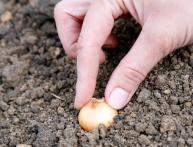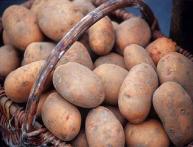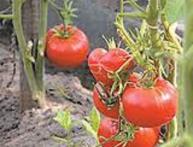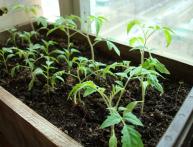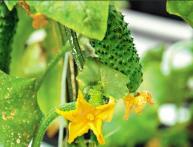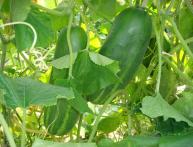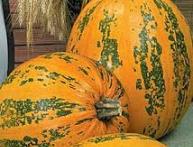Growing Jerusalem artichoke: a rich harvest without costs
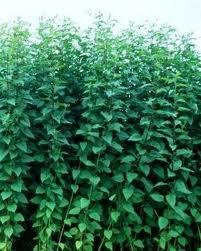
Jerusalem artichoke (or earthen pear) comes from North America and was brought to Russia in the 18th century. And for three hundred years now, growing Jerusalem artichoke in almost all areas of our homeland has become as common as growing potatoes. But, unlike potatoes, Jerusalem artichoke is much more productive. Growing Jerusalem artichoke without much labor produces a bountiful harvest of these vitamin-rich tubers.
Features of growing Jerusalem artichoke:
- without damaging the soil, Jerusalem artichoke can grow in one place for 30-40 years;
- Jerusalem artichoke is planted in the same way as potatoes, with tubers;
- this is a very frost-resistant plant: green bushes can withstand frosts down to -5C, and underground tubers are not afraid of frosts down to -40C;
- It is better to plant Jerusalem artichokes in the southern regions in the fall so that the tubers overwinter and take root in the ground, in the north - in early spring;
- Jerusalem artichoke produces the most abundant harvests with large tubers in the first 4-5 years, then the tubers gradually become smaller;
- a well-groomed three-year-old bush gives 1.5 - 2 buckets of harvest;
- in mid-summer, Jerusalem artichoke bushes need to be cut to a height of 1.5 m, the flowers also need to be cut off so that the plant does not waste resources on flowering and seeds;
- in the fall, with the onset of the first frosts, the top part of the Jerusalem artichoke bushes is removed, leaving only a few centimeters of the stem.
Growing Jerusalem artichoke is possible on almost any soil. The plant does not require care and produces crops for decades in the same place.
Interesting information about the vegetable garden

